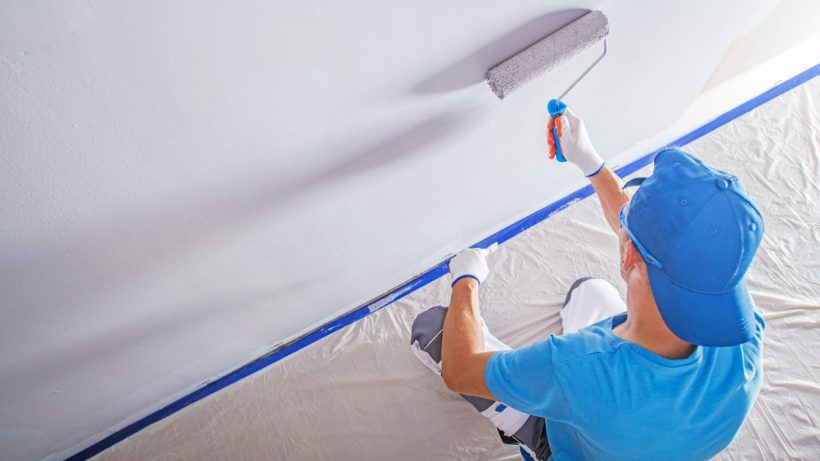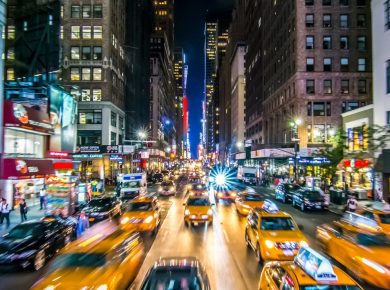In an era where environmental consciousness is more important than ever, the painting industry is undergoing a significant transformation. Advanced painting technologies are increasingly integrating eco-conscious practices, aiming to reduce environmental impact while delivering superior results. This article explores the latest advancements in painting technology, how they incorporate sustainable practices, and the benefits they offer to both businesses and consumers.
Innovations in Painting Technology
The painting industry has embraced a range of innovative technologies designed to minimize environmental damage and enhance efficiency. These include:
1. High-Volume Low-Pressure (HVLP) Sprayers: HVLP technology uses a high volume of air at low pressure to atomize paint into fine particles, which significantly reduces paint wastage and overspray. This technology not only conserves paint but also reduces the amount of volatile organic compounds (VOCs) released into the atmosphere, compared to traditional spray systems.
2. Water-Based Paints: Advancements in water-based paint formulations have greatly improved their performance, rivaling that of solvent-based counterparts. Water-based paints emit fewer VOCs, making them a healthier choice for both the environment and the applicators.
3. UV-Curable Coatings: UV-curable coatings are applied as liquids but quickly turn into solids when exposed to UV light. This rapid curing process emits little to no VOCs and provides a durable, high-quality finish that is resistant to scratches and solvents.
4. Powder Coatings: Unlike traditional paints, powder coatings do not require a solvent to keep the binder and filler parts in a liquid suspension form. This means they emit zero VOCs. Powder coatings produce thicker coatings than conventional liquid coatings without running or sagging, and overspray can be recycled, making it nearly 100% efficient.
Eco-Conscious Practices in Painting
Alongside these technological advancements, the painting industry is adopting practices that emphasize sustainability:
1. Efficient Resource Management: New technologies enable more precise control over the amount of paint applied, reducing waste. Additionally, better recycling practices are being adopted, with unused paints and solvents being collected and repurposed.
2. Compliance with Environmental Regulations: Many companies are proactively aligning with or exceeding government regulations related to environmental protection. This includes using paints and processes that lower environmental risks and investing in technology that can clean and recycle waste materials.
3. Education and Training: Companies are also focusing on educating employees about sustainable practices and the importance of using eco-friendly materials. This training ensures that workers understand how to minimize waste and manage materials in an environmentally responsible manner. cladding spraying
Benefits of Eco-Conscious Painting Technology
1. Reduced Environmental Impact: By utilizing low-VOC and zero-VOC paints and coatings, the painting industry significantly reduces its environmental footprint. This is crucial in helping reduce air pollution and improving indoor air quality.
2. Cost Savings: Eco-friendly painting technologies can lead to substantial cost savings in the long run. Reduced waste, lower energy consumption, and recycling initiatives decrease overall material and disposal costs.
3. Enhanced Brand Image: Businesses that adopt green practices in their painting operations can boost their brand image, appealing to consumers who value sustainability. This can be a powerful marketing tool in today’s eco-aware market.
4. Healthier Work Environments: Reducing the use of harmful chemicals in painting processes contributes to safer and healthier work environments. This not only benefits the health of the employees but also improves overall productivity.
Conclusion
The integration of advanced painting technologies with eco-conscious practices represents a forward-thinking approach in the painting industry. These innovations not only meet the growing demands for environmental sustainability but also offer improved efficiency and safety, paving the way for a greener and more responsible future. As technology continues to evolve, it holds the promise of further reducing the ecological footprint of the painting industry while enhancing the quality and durability of the finishes.








